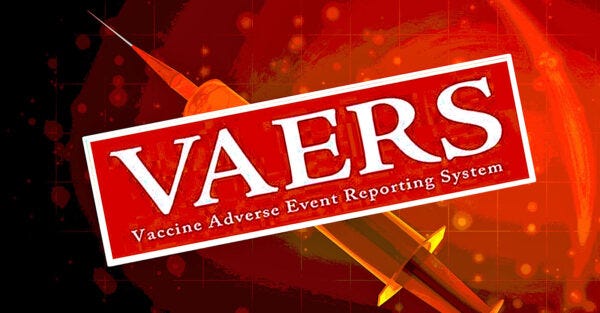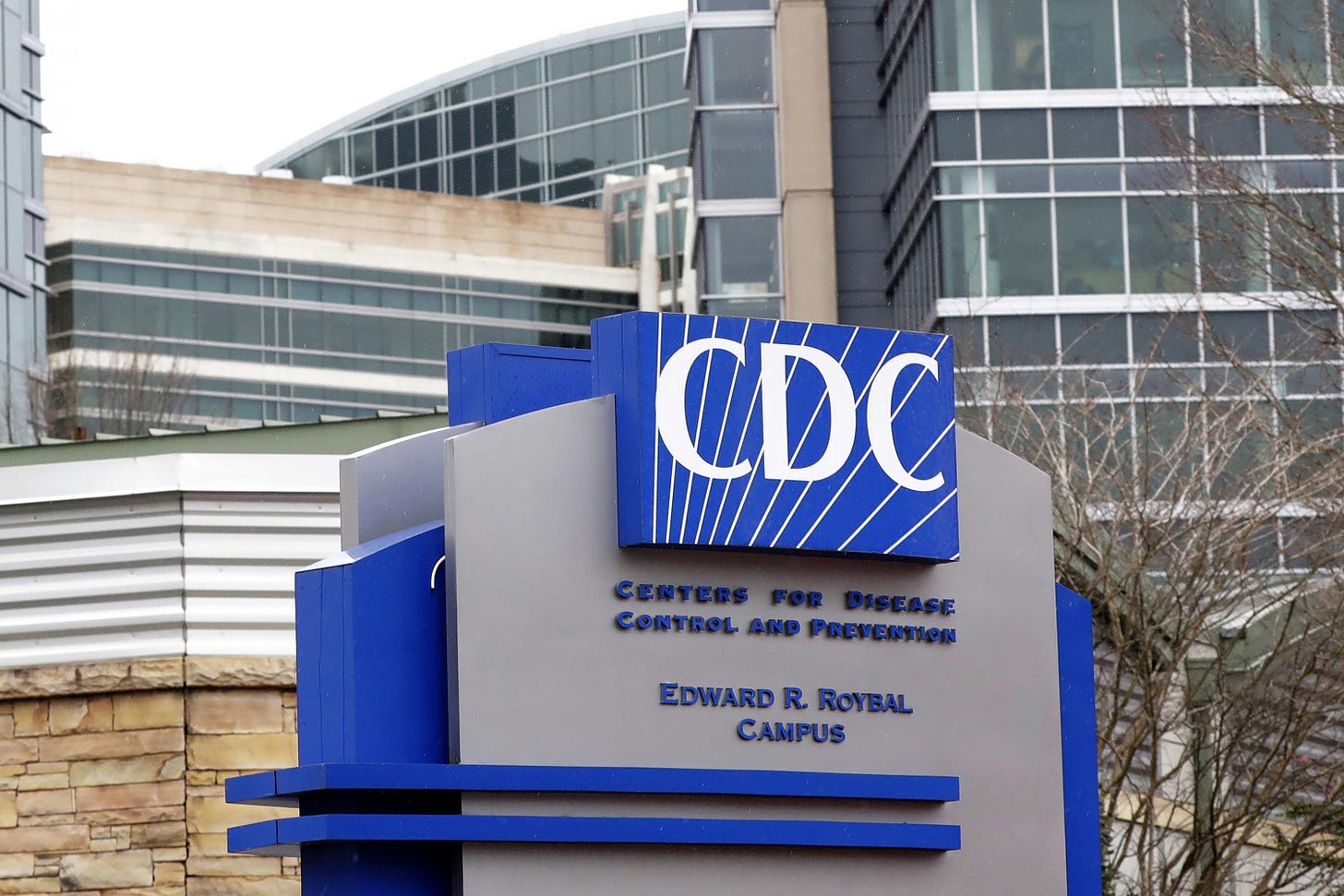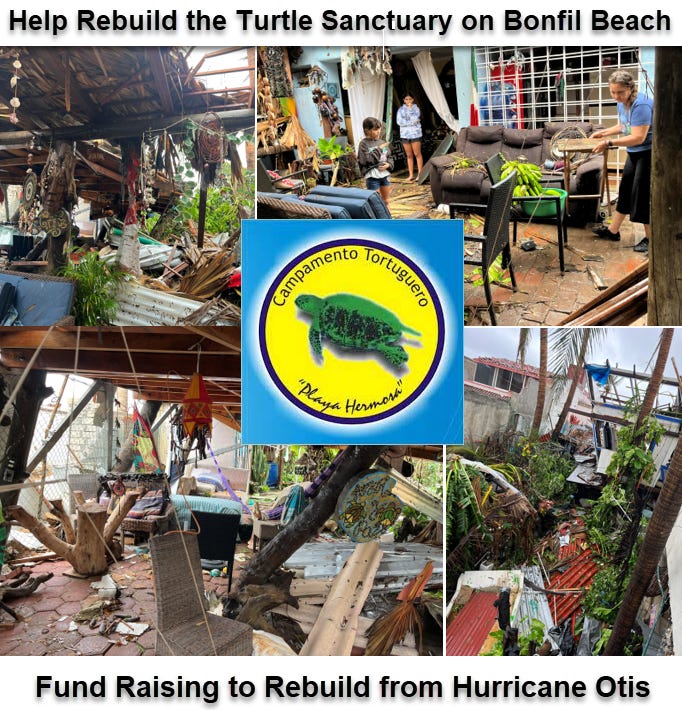CDC Runs Two VAERS Systems — The Public Can Access Only One of Them
An investigation by The BMJ into the Vaccine Adverse Event Reporting System
When Dr. Robert Sullivan collapsed on his treadmill three weeks after his second COVID-19 vaccine in early 2021, he fell into a “nightmare” ordeal that he said exposed glaring deficiencies in the nation’s vaccine safety monitoring system.
Diagnosed with sudden onset pulmonary hypertension, the healthy and fit 49-year-old anesthesiologist from Maryland attempted to file a report through the government-run Vaccine Adverse Event Reporting System (VAERS).
But like others interviewed in a recent investigation by The BMJ, Sullivan hit barrier after barrier when trying to submit and update his report.
Almost three years later, still grappling with debilitating symptoms, Sullivan’s experience highlights the systemic problems with the U.S. adverse events monitoring system run jointly by the Centers for Disease Control and Prevention (CDC) and the U.S. Food and Drug Administration (FDA).
From doctors unable to file reports to disappearing data, limits on transparency and lack of resources to follow up on concerning vaccine reactions, experts warn VAERS is failing to detect critical safety signals.
According to one of those experts — VAERS researcher Albert Benavides, whose experience includes HMO claims auditing, data analytics and revenue cycle management — VAERS’ failure isn’t accidental.
“It is not broken,” Benavides wrote in his Substack coverage of The BMJ investigation. “VAERS runs cover for the big pharma cabal.”
‘They even delete legitimate reports’
Like others interviewed by The BMJ, Sullivan experienced limited follow-up after submitting his VAERS report. He received only a temporary report number months after his initial submission.
A physician named “Helen” (pseudonym) told The BMJ that fewer than 20% of concerning reports get follow-up, including many deaths she reported.
In consultation with Benavides, an audit by React19 found that 1 in 3 COVID-19 vaccine adverse events reports in VAERS were either not posted publicly or were deleted. React19 is a nonprofit that collects stories of people injured by the mRNA vaccines.
According to The BMJ, of those queried by React19, “22% had never been given a permanent VAERS ID number and 12% had disappeared from the system entirely.”
Benavides, who publishes the VAERSAware dashboards documenting many of the problems with VAERS, said there is even deeper dysfunction in the VAERS system — from inventing symptoms to deleting reports.
“VAERS does not publish all legitimate reports received,” Benavides told The Defender. “They throttle publication of reports. They even delete legitimate reports.”
For a system dependent on voluntary engagement, these restrictive policies keep critical data hidden, according to Benavides.
In 2007, the U.S. Department of Health and Human Services (HHS) contracted with Harvard Pilgrim Health Care (HPHC) to review the VAERS system. In 2010, HPHC filed its r report, which determined that 1 in 39 people experienced vaccine injuries and that only around 1% of vaccine-related injuries or deaths are ever reported to VAERS.
The CDC, which operates under HHS, scuttled the study, refused to take calls from the researchers and declined to upgrade the VAERS system when a new, much more effective system was developed.
‘Blind spots are self-created’
VAERS “collects reports of symptoms, diagnoses, hospital admissions, and deaths after vaccination for the purpose of capturing post-market safety signals,” according to The BMJ.
But the limited transparency of VAERS data presents barriers to proper analysis, according to The BMJ’s investigation and researchers like Benavides.
The public — including doctors and other report submitters — can access only incomplete initial reports, not updates with vital details.
This means outcomes like death are often excluded if the initial report was for an injury and a subsequent death report was filed.
“I made the false assumption that my conversation [with VAERS] would result in an adjustment to the publicly reported case,” Patrick Whelan, M.D., Ph.D., told The BMJ.
Whelan, a rheumatologist and researcher at the University of California Los Angeles, in 2022 filed a report of a cardiac arrest in a 7-year-old male patient after COVID-19 vaccination.
“I assumed that, since it was a catastrophic event, the safety committee would want to hear about it right away,” Whelan said. But nobody called him or requested an update after his submission.
“There was no mechanism for [updating] it,” Whelan told The BMJ. “The only option I had was to make a new VAERS report.” Without updates, the VAERS data showed that the boy was still hospitalized.
Whelan is one the authors of a recent critique of the Cochrane Review that concluded the COVID-19 mRNA vaccines were not dangerous.
The problem with VAERS is not limited to a lack of adequate follow-up but to the incomplete and often inaccurate information found there.
“VAERS in effect allows typos, truncated lot #’s, UNK [unknown] ages, UNK vax dates, UNK death dates, etc. to pass through into publication,” Benavides said.
Benavides said specific data — including ethnicity, hospital names, attending physicians, submitter’s relationship to the patient, patient and submitter addresses, telephone numbers and emails — collected by VAERS are not published,
“Any blind spots are self-created, in my opinion,” he said.
Campamento Tortuguero Playa Hermosa is a turtle sanctuary on Bonfil Beach outside of Acapulco that rescues sea turtle eggs that would be likely destroyed by vehicles on the beaches or pilfered by tourists. The sanctuary protects the eggs, hatches them and releases the babies into the ocean while protecting them from seagulls and other winged predators.
The 35-year-old sanctuary is run by the mother/daughter duo of Monica and Michel Vallarino, who have helped educate the community and the tourists on the ecology of the turtles while simultaneously providing a refuge for puppies, kittens, ducks, rabbits, and other wayward animals.
The Art of Liberty Foundation hosted an annual fundraiser from 2018-2020 called the Art of Liberty on the Beach (aKa The Turtle Party), where many of the leading artists in the liberty movement have rocked the sanctuary including Grant "Prezence" Ellman, Truniversal/Free Willow, Alais Clay, the Freenauts, DJ Koala, DJ Ramiro Romani and ELA-mental among others.
The sanctuary was devasted by Hurricane Otis, a category five hurricane that hit Acapulco and Bonfil Beach on November 2nd 2023.
25% of Funds Raised Will Benefit Other Residents of Bonfil Beach
The Art of Liberty Foundation is organizing a fundraiser where 100% of the proceeds will go to direct relief. The Vallarinos have agreed to share 25% of the proceeds with other Bonfil Beach residents in need to be distributed at their discretion.








https://icandecide.org/press-release/documents-reveal-cdc-was-quietly-giving-advice-on-how-to-handle-breakthrough-infections-in-march-2021/ 🚨 https://scoopsmcgoo.substack.com/p/health-canada-releases-236-covid